This article was co-authored by Katie Marks-Cogan, MD and by wikiHow staff writer, Christopher M. Osborne, PhD. Dr. Katie Marks-Cogan is a board certified Pediatric & Adult Allergist at Clear Allergy based in Los Angeles, California. She is the Chief Allergist for Ready, Set, Food!, an infant dietary supplement designed to reduce the risk of childhood food allergies. She received her M.D. with honors from the University of Maryland. She then completed her residency in Internal Medicine at Northwestern University and fellowship in Allergy/Immunology at the University of Pennsylvania and CHOP.
There are 8 references cited in this article, which can be found at the bottom of the page.
This article has been viewed 18,248 times.
Allergic reactions can occur anywhere on your body, but reactions on your face are often the most noticeable and uncomfortable. Whether you develop hives, minor swelling, dry skin, or other mild symptoms, there are a range of medical and at-home remedies you can try in hopes of clearing up your skin. If you have a severe reaction, however, it's very important that you get proper medical attention right away.
Steps
Using Medical Treatments
-
1Take emergency measures right away if you have severe symptoms. Allergic reactions are often mild, but they can sometimes cause a life-threatening allergic reaction called anaphylaxis. If you carry a prescribed epinephrine pen because of diagnosed allergies, use it right away if necessary. Whether you have and use a pen or not, seek immediate medical help if you experience the following symptoms:[1]
- Swelling of the throat or mouth that causes difficulty speaking, breathing, or swallowing
- Lightheadedness, dizziness, confusion, fainting, or a drop in blood pressure
- Severe stomach pain, nausea, or vomiting
-
2Try an over-the-counter (OTC) antihistamine to reduce milder symptoms. If your allergic reaction is limited to mild swelling and/or the appearance of red patches or spots, an OTC antihistamine may be effective at treating your symptoms. Antihistamines come in many forms, including pills, liquids, and nasal sprays, so follow the package's dosing instructions closely when using the medication.[2]
- Talk to your doctor, if at all possible, before using an antihistamine. They can interact with other medications, such as some diabetes medications, and possibly cause side effects.
- Signs of a mild allergic reaction can include: hives or a rash; dry or cracked skin; slightly puffy areas of skin; slightly swollen lips, eyes, or tongue; small, red spots, which may be raised; itchy skin and/or eyes; or watery eyes.
Advertisement -
3Apply calamine lotion to reduce minor dryness and itchiness. Calamine lotion is a useful product for numerous types of dry and itchy skin, including allergic reactions on your face. If you're using a lotion, apply it to a cotton ball or swab and dab it on the affected area. If you're using calamine ointment, you can apply it to your skin with a clean finger.[3]
- Unless otherwise advised by your doctor, you can typically use calamine lotion as often as needed throughout the day. It does, however, dry out skin.
- Shake the bottle before you use it since sediment can settle at the bottom.
-
4Ask your doctor about using an anti-itch OTC hydrocortisone cream. OTC creams or lotions that contain 1% hydrocortisone can be very effective at easing the itchiness of an allergic reaction. However, they should not be applied to your face without the prior approval of your doctor. If you're given the okay to use it, apply the product as directed, and do not use it more often than directed.[4]
- Although this product is usually helpful in reducing itchiness associated with allergic reactions, it can in rare cases cause an allergic reaction.
-
5Use an OTC analgesic to relieve reaction-associated pain. OTC analgesics like aspirin, acetaminophen, and ibuprofen can help lessen any pain caused by your allergic reaction. However, different types of analgesics can have different side effects and drug interactions, so they should always be taken with caution.
- Before choosing an OTC analgesic, talk to the pharmacist at the drugstore about other medications you take. If you have existing health conditions (heart disease, diabetes, etc.), talk to your doctor before using an analgesic.
- Follow the product instructions, or your doctor's directions for use.
-
6Visit your doctor for persistent or recurring allergic reactions. If you have a mild allergic reaction on your face that lasts for 2-3 weeks, make an appointment with an allergist. Likewise, if you have reactions that last for a few days but keep recurring, go in for a check-up. After an examination, your allergist may prescribe treatments such as:[5]
- A prescription-strength antihistamine for daily or occasional use
- A steroid cream that you may need to apply twice daily for 2-4 weeks or more
- Antibiotics if the skin has become infected
- Further allergy testing to determine the cause of your reactions
- Referral to a dermatologist
Soothing Discomfort without Medication
-
1Apply cool compresses several times daily to ease pain. Run a clean washcloth under cold tap water, wring it out gently, and hold it to your face for 15-30 minutes. Repeat this process several times throughout the day as needed to ease pain or discomfort caused by your allergic reaction.[6]
- Cool compresses also add moisture to the affected skin, which is often dried out.
-
2Wash your face gently with a mild, perfume-free soap. Each time you wash, wet your face by gently splashing on clean, lukewarm water. Then, apply a mild, fragrance- and perfume-free soap to a soft washcloth. Dab the washcloth over the affected area gently, then rinse the area fully with more clean water.
- Dry your face by gently dabbing it with a clean, soft towel.
- Don't wash your face more than twice per day, or you'll further dry out and irritate your skin.
- Hot water will further dry your skin. When you shower or bathe, you should also use warm or lukewarm water instead of hot.
-
3Mix up a daily oatmeal face mask to provide soothing relief. For allergic reactions on the body, many people claim to find relief by soaking in baths sprinkled with finely-ground oatmeal. While you can try holding your breath and dunking your face in an oatmeal bath, consider an oatmeal face mask instead:
- Grind old-fashioned oats into a fine powder in a spice grinder or food processor, or buy colloidal oatmeal (which is already finely-ground for baths and masks)
- Stir together 1 tbsp (15 g) of the ground oatmeal, 1 tsp (5 g) of honey, and 1 tsp (5 g) of plain yogurt.
- Gently massage the mask onto your face right after washing and drying it.
- Rinse away the mask with clean water after 15-20 minutes.
- Repeat the process once daily as needed.
-
4Protect your face from the sun with hats and hypoallergenic sunscreen. Sun exposure can worsen the redness, dryness, itching, or pain associated with your allergic reaction. Whenever you go outside, put on a broad-brimmed hat to shield your face from the sun's rays. Additionally, apply a broad-spectrum, hypoallergenic sunscreen that is intended for sensitive skin.
- Take these measures even when it's cloudy outside. You're still being exposed to sunlight!
- Talk to your doctor or pharmacist for sunscreen recommendations.
-
5Apply natural aloe vera gel as a moisturizer and anti-inflammatory. Aloe is a natural moisturizer and anti-inflammatory that can help reduce some of the discomfort caused by an allergic reaction. Either gather gel directly from cut aloe leaves or buy a bottle of 100% aloe vera gel. Apply it once per day to the affected areas.[7]
- While aloe can work as a moisturizer, it can also dry out the skin if used too often. Stick to applying it once per day, and stop using it altogether if it is causing further dryness.
-
6Keep your skin moist by drinking water and using a humidifier. Allergic reactions often cause the skin on your face to become dry and cracked. Increasing the moisture available to your skin—from both inside and outside—can help alleviate some of this discomfort.
- Drink water at meals and take sips of water throughout the day instead of waiting until you're thirsty.
- Especially if the air is dry, operate a humidifier in your bedroom or any other rooms where you spend a lot of time.
Preventing Allergic Reactions on Your Face
-
1Test new health and beauty products on a small area of your skin. Before using a new cleanser, moisturizer, makeup, or other product, test a small amount of it on a small, inconspicuous spot for a few days. If you don't notice any symptoms in that area or elsewhere, it is probably safe for you to use.[8]
- The testing spot doesn't have to be on your face. You might use your upper arm, for instance.
-
2Stop using a product if you suspect it's causing a reaction. Even if you've been using a particular product for years, stop using it for at least 1-2 weeks to see if your symptoms subside. Allergies can develop over time, so a product that didn't affect you before may cause a reaction now.[9]
- Products also often undergo subtle or unlisted changes in their formulas, which may trigger an allergic reaction.
-
3Undergo allergy testing if you need help identifying the problem. It's often difficult to identify the source of allergic reaction on your face. It could be a facial product you use, a food you eat, an environmental factor, or something else. Visit your doctor and discuss undergoing allergy testing to pinpoint your particular allergens.[10]
- Your doctor may recommend patch testing, in which several small patches of skin (usually on your back) are exposed to small amounts of common allergens. Your doctor will check for signs of a reaction underneath each patch.
-
4Try an elimination diet if you suspect a food allergy. If you think the food you eat may be causing the allergy symptoms on your face, but aren't sure which specific food it is, talk to your doctor about trying an elimination diet. You'll stop eating a specific food type (for instance, dairy products) for several days, then track if your symptoms change or disappear. If there's no change, you'll move on to another food.[11]
- It's best to try an elimination diet under your doctor's guidance. They can help you determine the best process and keep track of symptoms.
Warnings
- Don't hesitate to contact your doctor if you experience symptoms of an allergic reaction, even if they seem mild. It's better to be safe and investigate the issue. Also, if your symptoms seem at all severe—and especially if they're affecting your ability to breathe—seek medical help right away.[12]⧼thumbs_response⧽
References
- ↑ Katie Marks-Cogan, MD. Board Certified Pediatric & Adult Allergist. Expert Interview. 9 December 2019.
- ↑ Katie Marks-Cogan, MD. Board Certified Pediatric & Adult Allergist. Expert Interview. 9 December 2019.
- ↑ https://www.mayoclinic.org/diseases-conditions/contact-dermatitis/diagnosis-treatment/drc-20352748
- ↑ https://my.clevelandclinic.org/health/diseases/6173-contact-dermatitis
- ↑ https://www.nhs.uk/conditions/contact-dermatitis/treatment/
- ↑ https://medlineplus.gov/ency/article/000869.htm
- ↑ https://www.bcm.edu/news/skin-and-hair/benefits-of-using-aloe-vera
- ↑ https://www.aad.org/media/news-releases/saving-face-dermatologists-helping-patients-identify-source-of-facial-allergic-contact-dermatitis
- ↑ https://www.aad.org/media/news-releases/saving-face-dermatologists-helping-patients-identify-source-of-facial-allergic-contact-dermatitis
- ↑ https://www.nhs.uk/conditions/contact-dermatitis/treatment/
- ↑ https://www.fammed.wisc.edu/files/webfm-uploads/documents/outreach/im/handout_elimination_diet_patient.pdf
- ↑ Katie Marks-Cogan, MD. Board Certified Pediatric & Adult Allergist. Expert Interview. 9 December 2019.
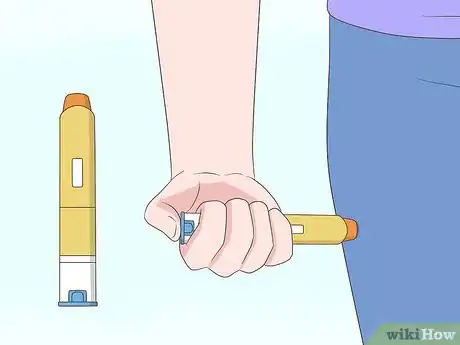

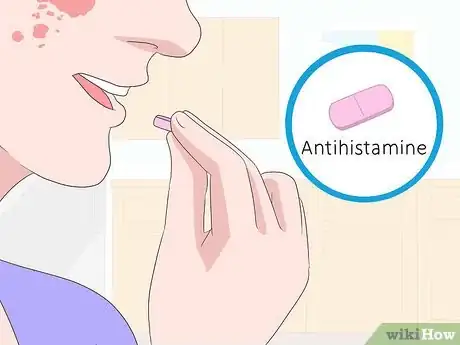
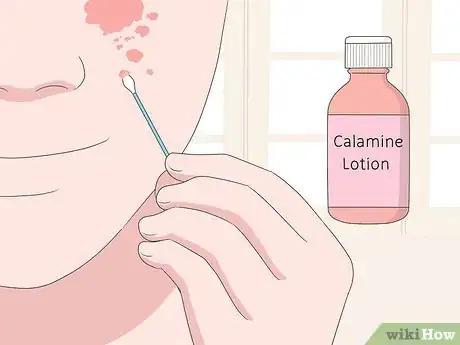
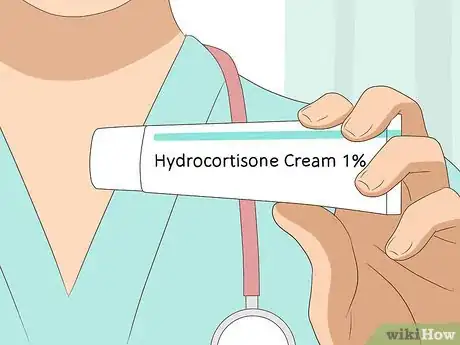
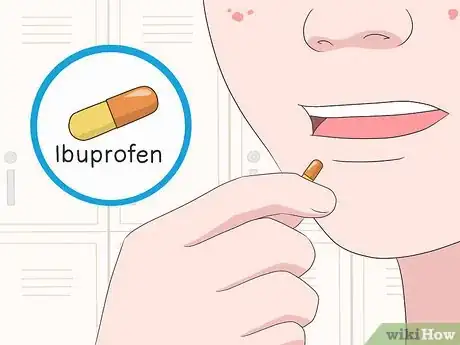
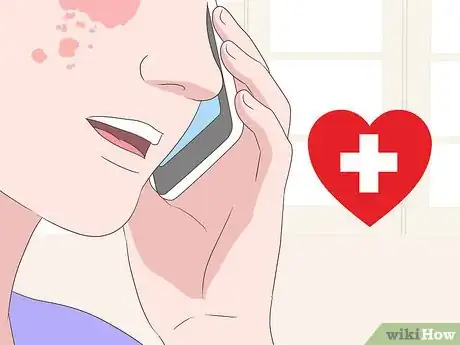
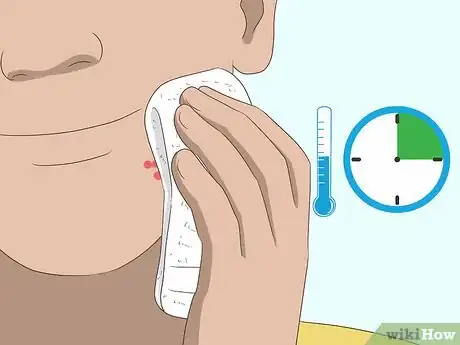
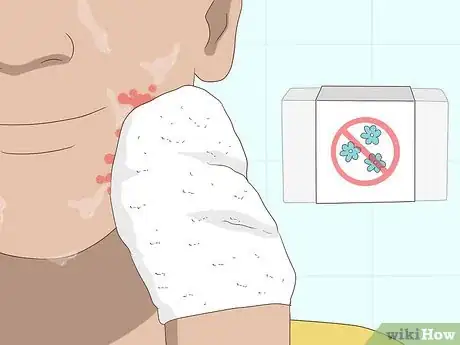
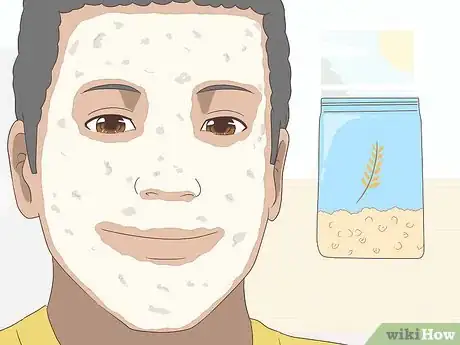
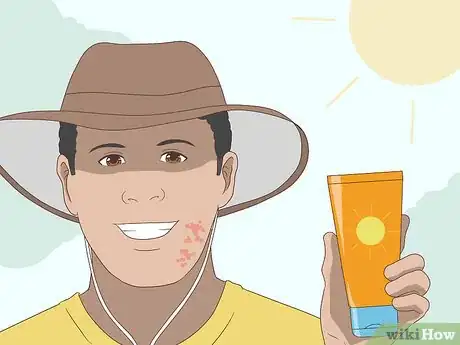
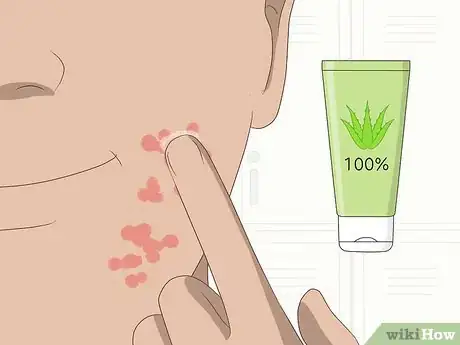
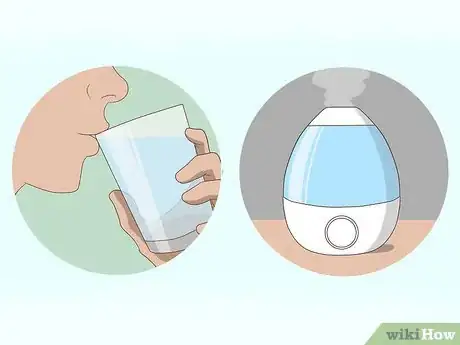
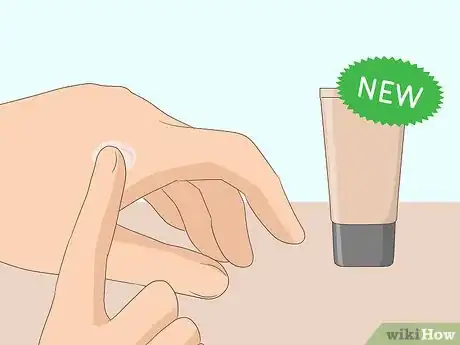
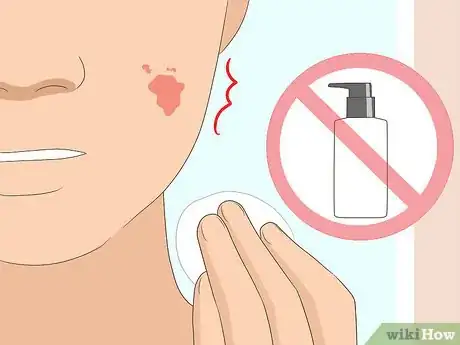
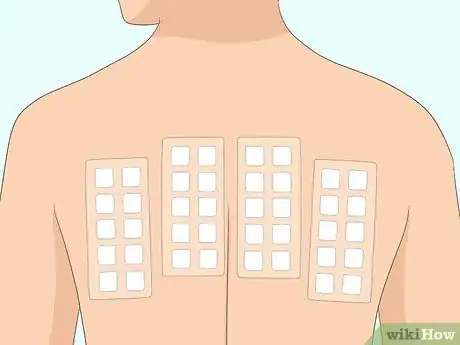
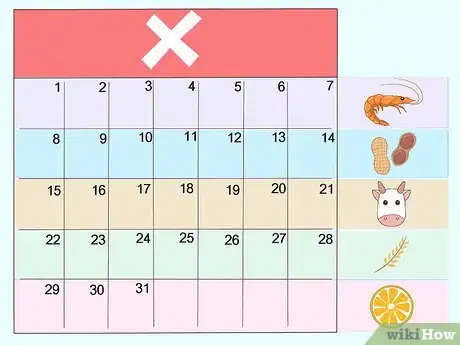

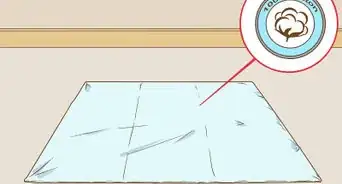







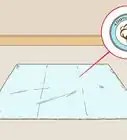




































Medical Disclaimer
The content of this article is not intended to be a substitute for professional medical advice, examination, diagnosis, or treatment. You should always contact your doctor or other qualified healthcare professional before starting, changing, or stopping any kind of health treatment.
Read More...